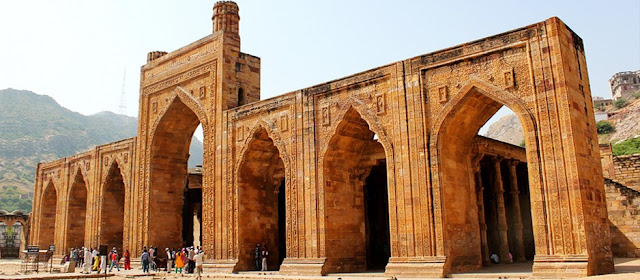Sarwar could be a town and a sub division in Ajmer district within the Indian state of Rajasthan.Sarwar could be a town and a sub division in Ajmer district within the Indian state of Rajasthan.As of 2011 India census,Sarwar had a population of twenty,372. Males represent fifty one.38% of the population and females forty eight.61%. Sarwar has a mean attainment rate of sixty four.65%, below the national average of seventy four.04%: male attainment is seventy eight.43%, and feminine attainment is fifty.07%. In Sarwar, 16.24% of the population is below half-dozen years older. Sarwar is 16KM from city kekri and 64KM from District Ajmer.
Surwar,(Rajputs) belong from here (Sarwar) they're Suryavanshi and their original home was Bikaner. Surwars' worship Ram Chandra, they belong to Garg gotra. several Surwar Rajputs are called Sarwar Rajputs. they need long migrated to Benaras, Mirzapur and Jaunpur districts. additionally in North japanese components of India.There are Surwar (Sarwar) Muslim Rajputs in Sindh & geographic region provinces of Asian nation.
Surwar,(Rajputs) belong from here (Sarwar) they're Suryavanshi and their original home was Bikaner. Surwars' worship Ram Chandra, they belong to Garg gotra. several Surwar Rajputs are called Sarwar Rajputs. they need long migrated to Benaras, Mirzapur and Jaunpur districts. additionally in North japanese components of India.There are Surwar (Sarwar) Muslim Rajputs in Sindh & geographic region provinces of Asian nation.






















